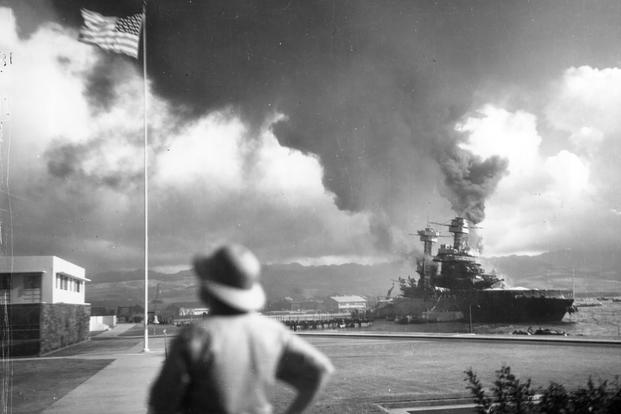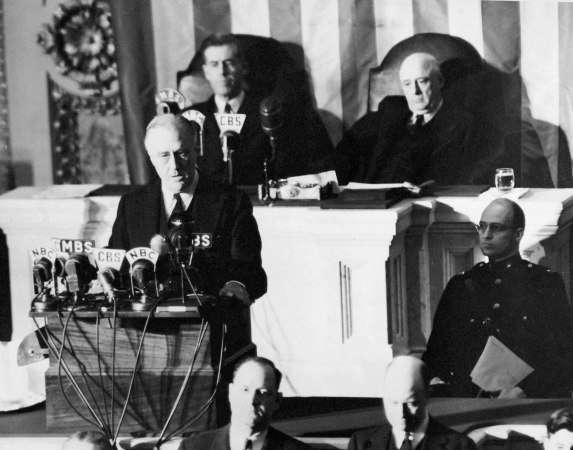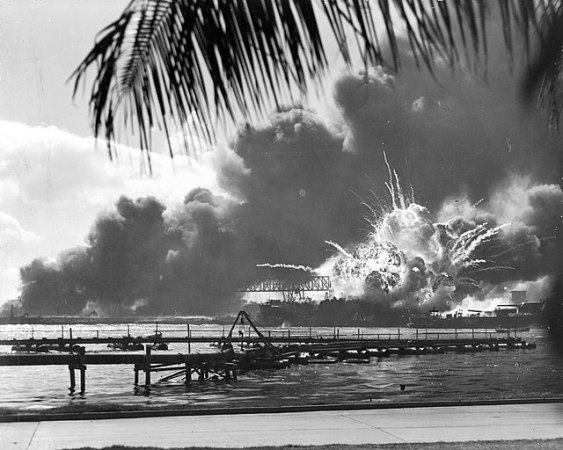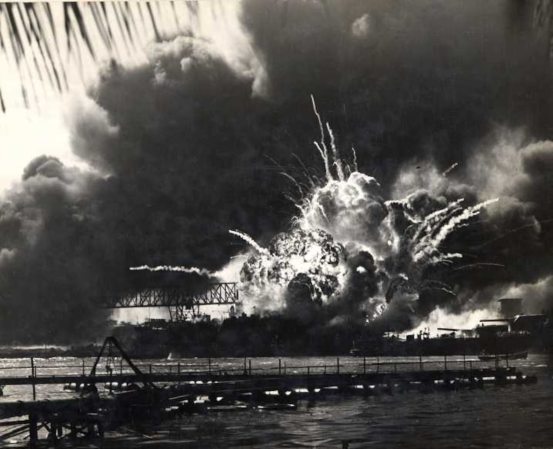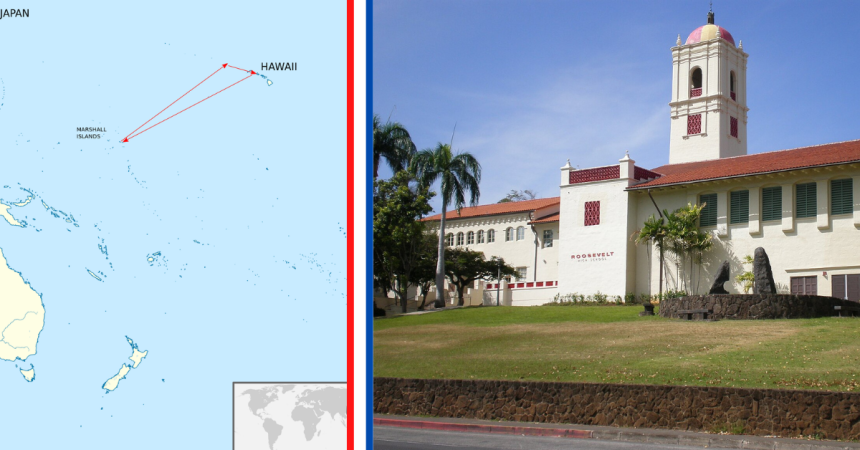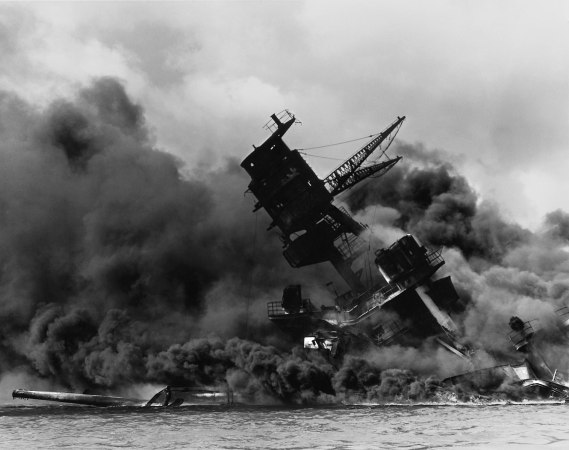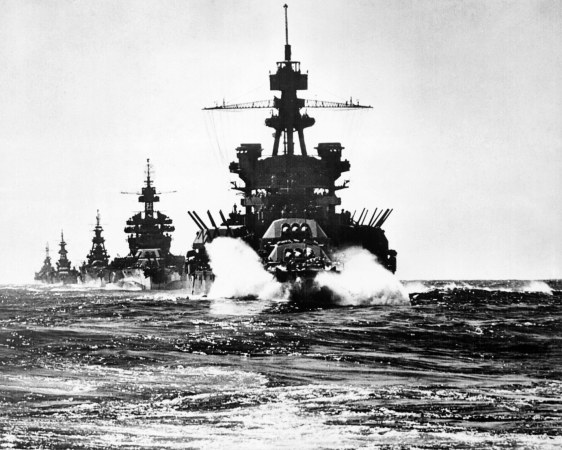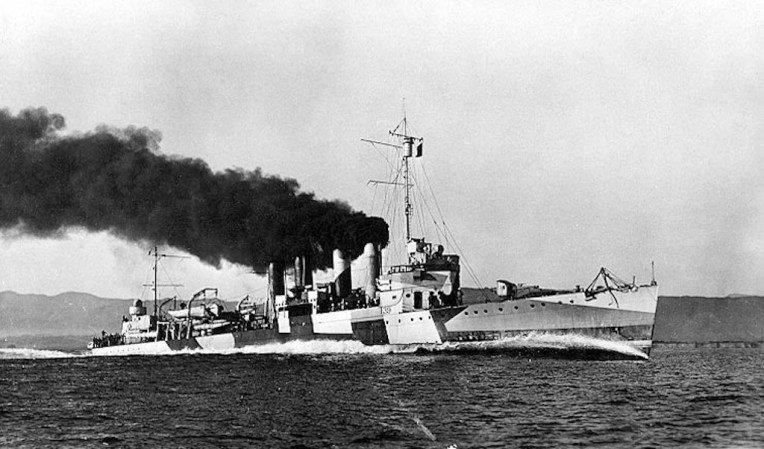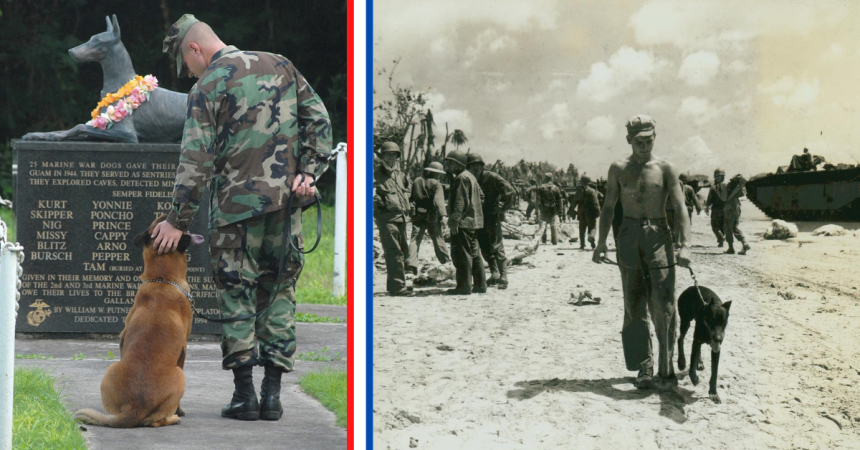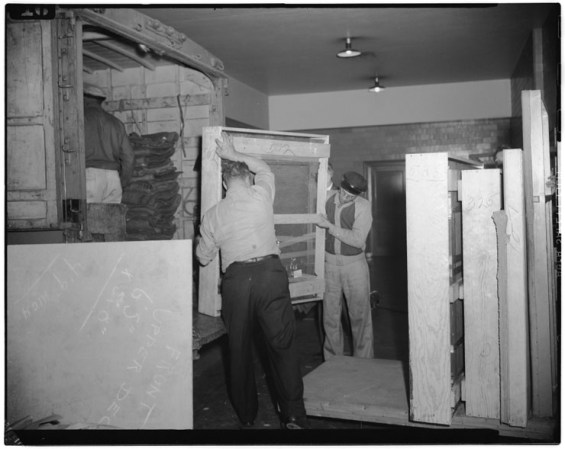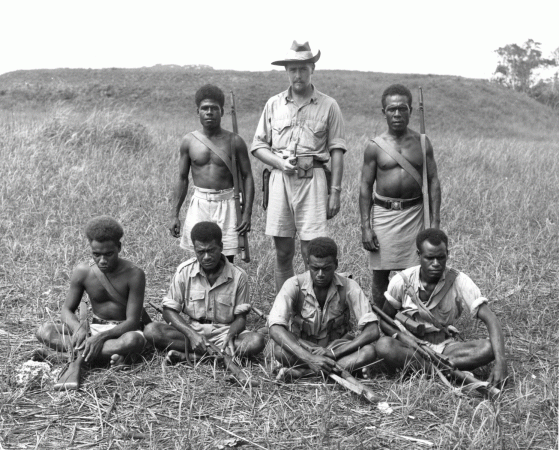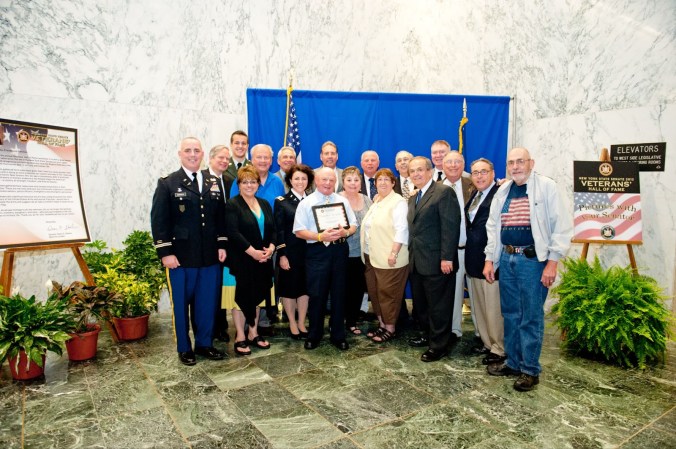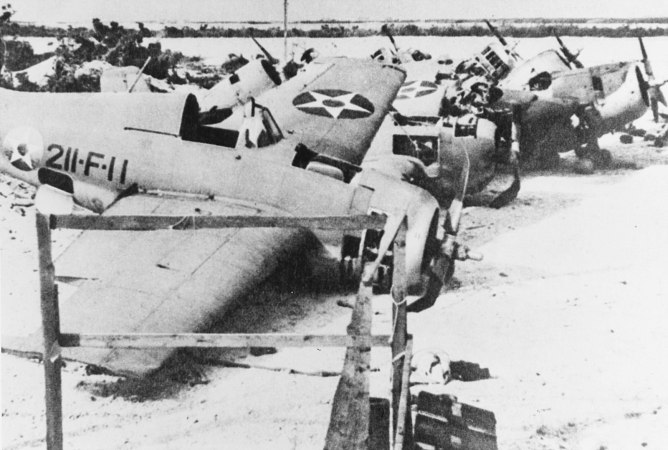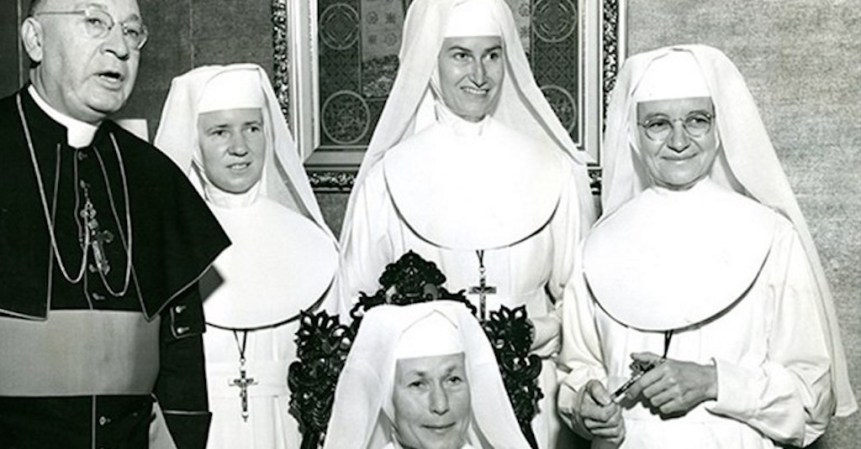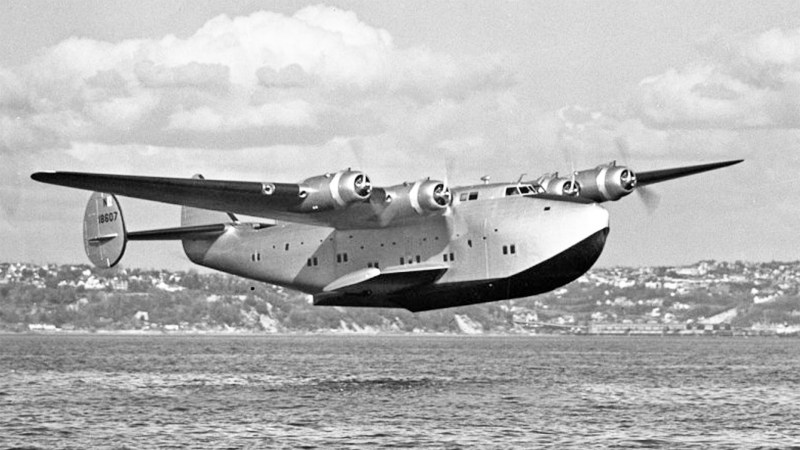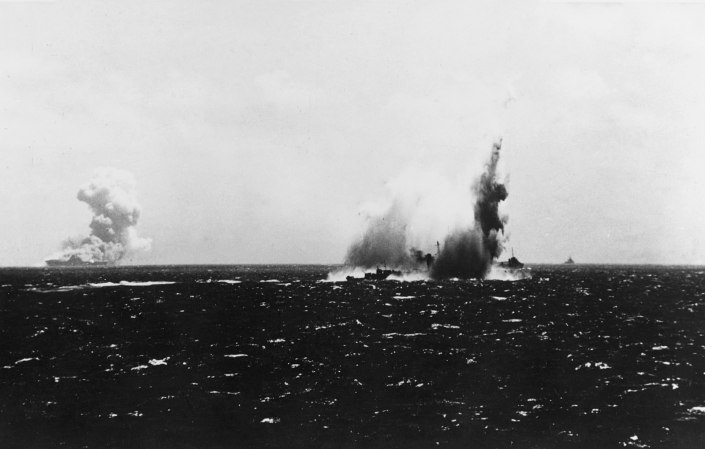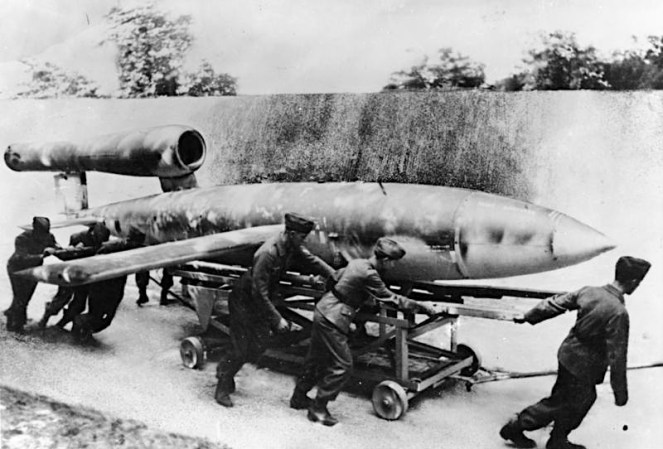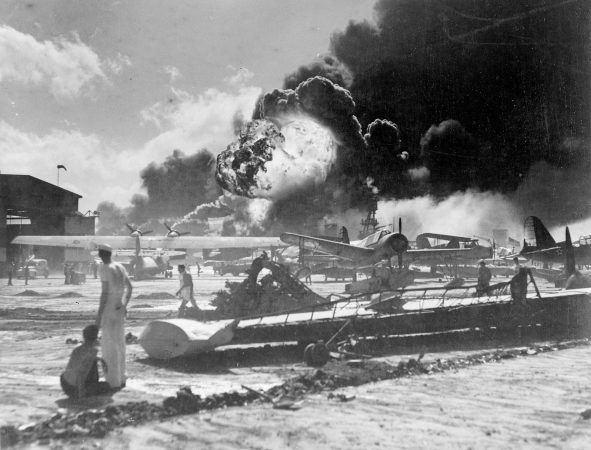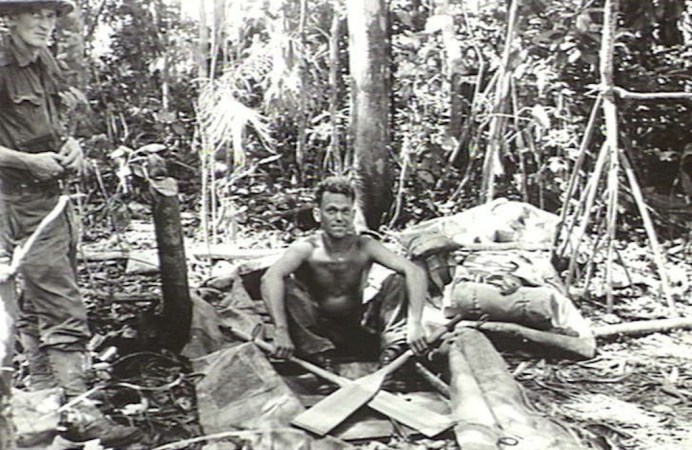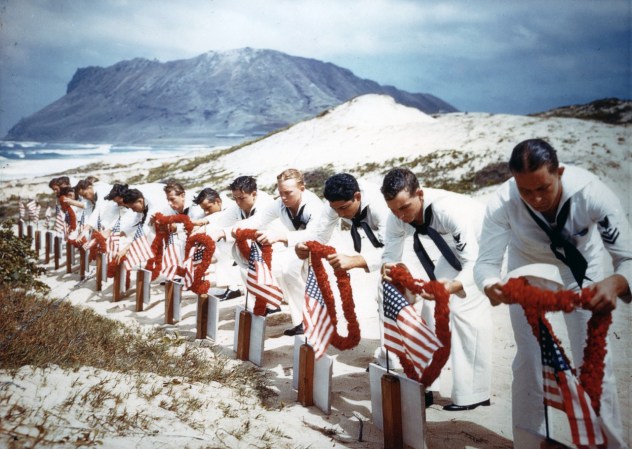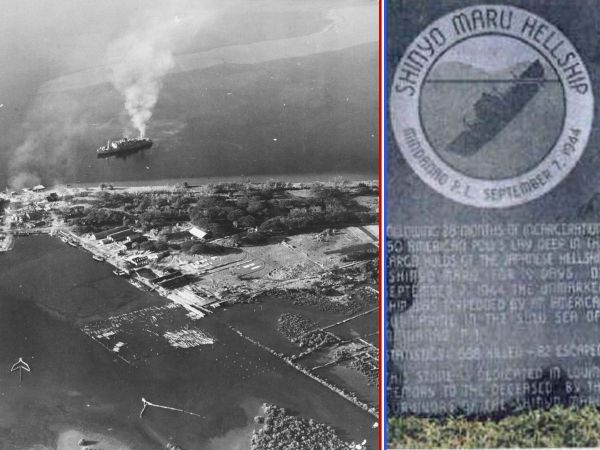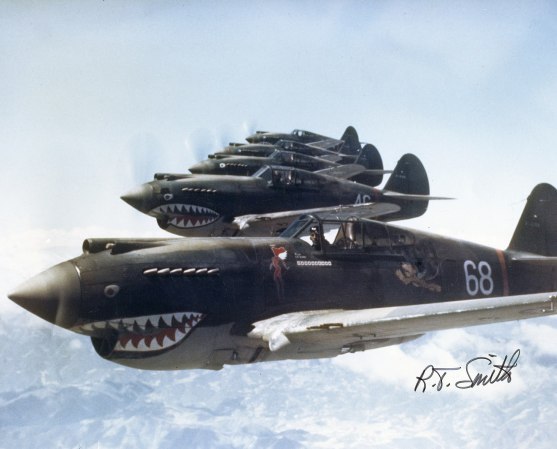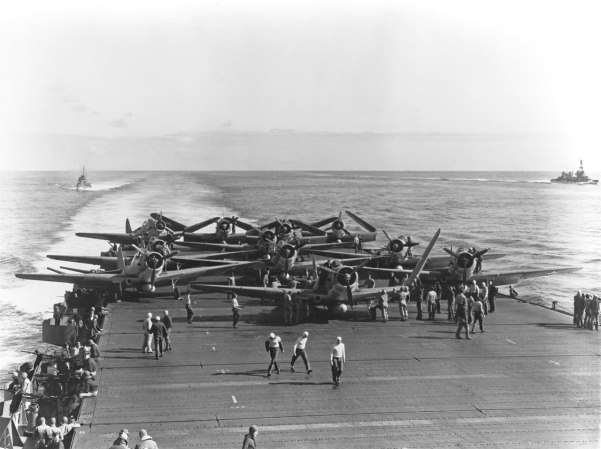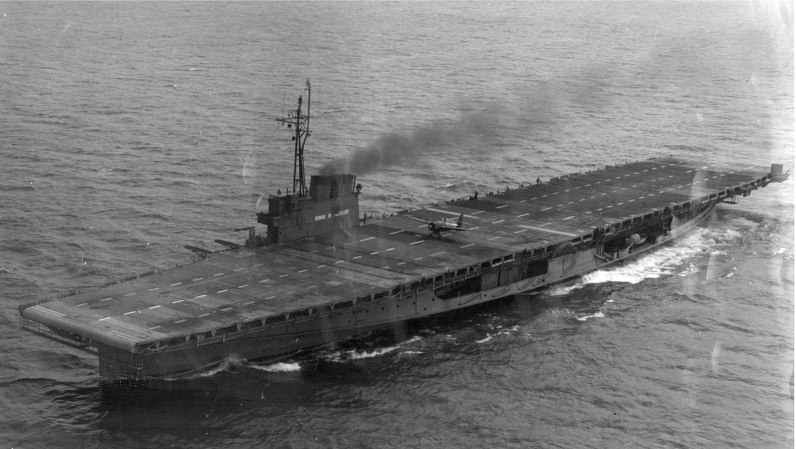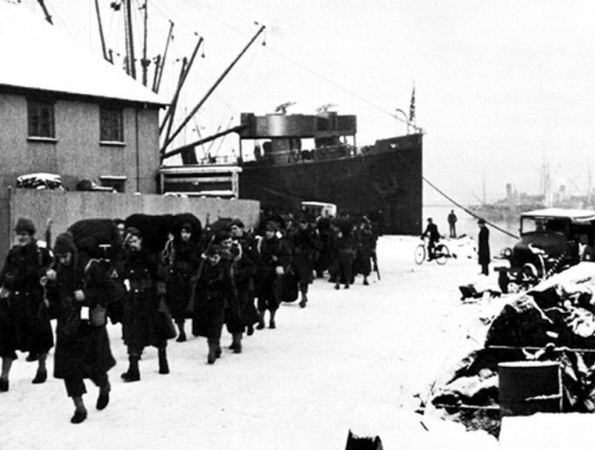December 7, 1941 is infamous for the Japanese surprise attack on Pearl Harbor, Hawaii. However, across the Pacific and also on the other side of the international date line, the Japanese conducted near-simultaneous attacks on other Allied bases and territories in a bid to achieve dominance in the theater. While many military leaders anticipated the war with Japan, the ferocity of these attacks caught the Allies off guard and put the Japanese in a position of advantage at the start of the war.
1. The Philippines

An American territory since the Spanish-American War, the Philippines served as a major U.S. military base of operations in Asia. It was defended by a large Army garrison, including bombers and fighters of the Army Air Forces, as well as Filipino Commonwealth forces under the command of General Douglas MacArthur. Despite receiving warning of the attack on Pearl Harbor, disputes and discussions amongst American commanders allowed the Japanese to strike the Philippines with tactical surprise.
On December 8, at 1240 hours, Japanese bombers caught two squadrons of B-17 Flying Fortresses and most of the 20th Pursuit Squadron’s P-40 Warhawks on the ground at Clark Field. Only four of the P-40s managed to take off as the first bombs fell. To the northwest, the auxiliary Iba Field was similarly hit. With the U.S. Far East Air Force crippled, Japanese forces landed in the northern Philippines with little resistance. The effectiveness of the attacks on December 8, 1941, laid the groundwork for one of the U.S. military’s worst defeats. In the five months leading up to the surrender of the islands, roughly 23,000 American troops and 100,000 Filipino troops would be killed or captured.
2. Guam

Located in the southern Mariana Islands, Guam was another U.S. territory acquired as result of the Spanish-American War. Germany purchased the rest of the islands, but lost them to Japan during WWI. Despite this, very little was done to bolster Guam’s defenses during the interwar period. Viewed as an island of low value, the American garrison consisted of just 547 Marines and sailors. On December 8, 1941, at 0444 hours, Guam received news of the attack on Pearl Harbor. Less than four hours later, Japanese aircraft from Saipan began airstrikes on the island. These continued the next day, preparing the landing zones for the ground invasion. Early on the morning of December 10, 400 Japanese troops landed on Guam. By 0600, Guam was surrendered to the invaders. U.S. forces lost 17 men killed and 35 wounded. In contrast, the Japanese lost just one man killed and six wounded.
3. Wake Island

In January 1941, the U.S. Navy began construction of a base on Wake Island. The first permanent garrison was deployed to the remote Pacific atoll on August 19 of that year. By December, Wake was defended by 399 Marine infantrymen, 12 Marine F4F-3 Wildcat fighters, six coastal artillery guns, and 12 anti-aircraft guns. On the morning of December 8, 1941, it was business as usual at Wake. A Pan Am seaplane even made a regular stop on its way to Guam. It was this civilian aircraft that radioed news of Pearl Harbor to Wake. The airliner returned, only to get caught in the attack.
Thirty-six Japanese bombers flew in from the Marshall Islands and destroyed eight of the 12 Marine fighters of the ground. The remaining four were only spared because they were patrolling in the air, though poor visibility prevented them from spotting the incoming bombers. Airstrikes continued, setting conditions for the Japanese landing on December 11. Although the American defenders repelled this first landing, subsequent airstrikes from land and carrier-based planes further degraded the island’s defense. On December 23, 1941, at 0235, a second Japanese assault force landed on Wake. American personnel fought alongside the Chamorro natives, but the Japanese succeeded in capturing the island.
4. Midway

Midway hosted a small U.S. military base capable of supporting air, sea, and land forces. Although the historic Battle of Midway would come later in the war, it was nonetheless attacked in conjunction with other American bases in the Pacific. On December 7, 1941, at 0931, Midway was shelled. Two Japanese destroyers, part of the fleet that launched the raid on Pearl Harbor, hammered the island for 54 minutes. They hit the command, communications, and power plant buildings. Marine 1st Lt. George Cannon was hit by shrapnel while in the command building. With communications severed, he refused medical treatment until they were restored and the wounded Marines around him were evacuated. He died of his wounds and became the first Marine of WWII to receive the Medal of Honor. In addition to Cannon, three more Americans were killed, and 10 were wounded during the first bombardment of Midway. One PBY Catalina flying boat was also destroyed. Marine artillery batteries reported inflicting damage on one of the Japanese destroyers.
6. Hong Kong

On December 8, 1941, at 0600 hours, Japanese forces crossed the Sham Chun River to begin the Battle of Hong Kong. Two hours later, Japanese bombers hit Kai Tak airport, virtually destroying British air power; RAF personnel fought the defense of the colony as ground troops. The 2/14th Punjab fought the first major engagement with the Japanese Army at 1500 hours and eliminated several platoons. The Hong Kong Volunteer Defence Corps also inflicted casualties on the attackers. However, these early ground victories on the first day of the battle did not last and the defenders were pushed back in the following days. Kowloon and the New Territories were abandoned within a week and Hong Kong was surrendered on December 25, 1941.
7. Malaya

December 8, 1941, was also the beginning of the Malayan Campaign. Before Singapore was attacked, and even before the first bombs fell on Pearl Harbor, Japanese forces landed on Malaya. No. 1 RAAF Squadron sent fighters up to contest the landings, becoming the first Allied fighters to carry out an attack in the Pacific during WWII. By 0118 hours, an hour before Pearl Harbor was attacked across the international date line, the Australian fighters sunk a Japanese transport ship and damaged two more. Still, Japanese air forces were extremely effective and 60 Allied aircraft were lost on the first day, mostly on the ground. The Commonwealth defenders slowed the Japanese invasion but ultimately retreated to Singapore on January 31, 1942. On February 15 of that year, the Japanese captured Singapore, ending the Malayan Campaign.


